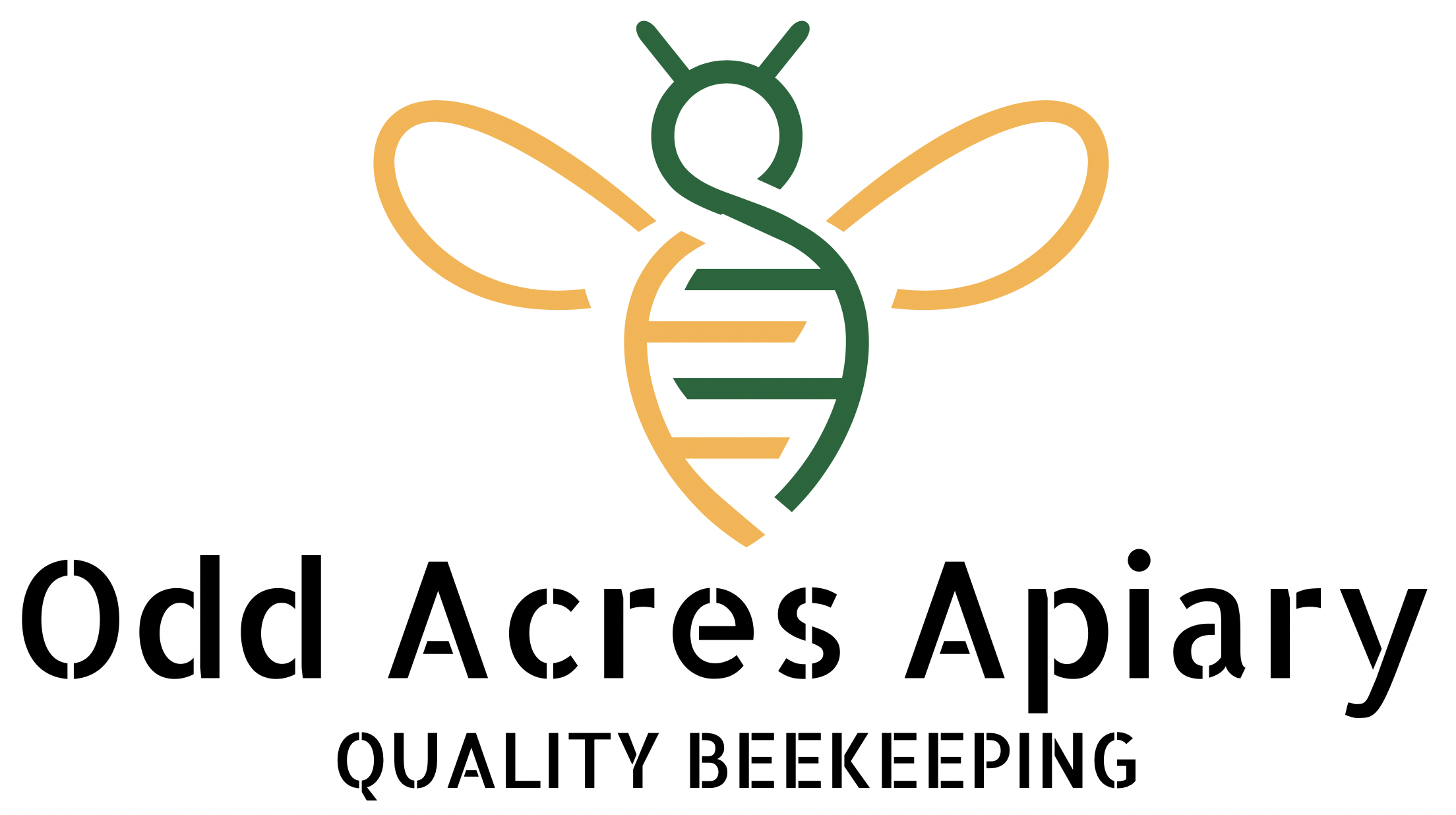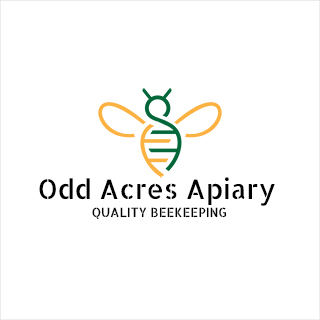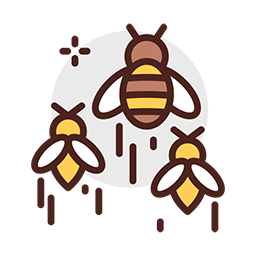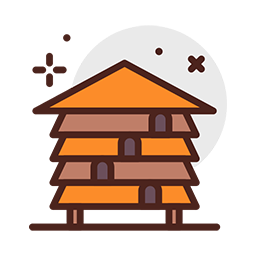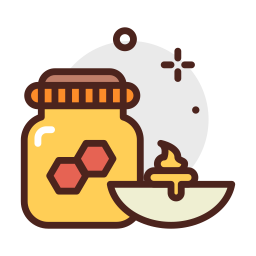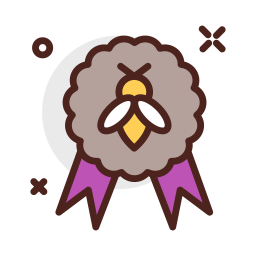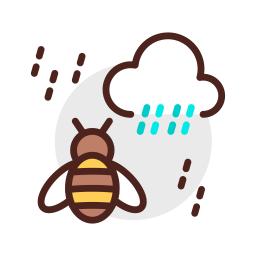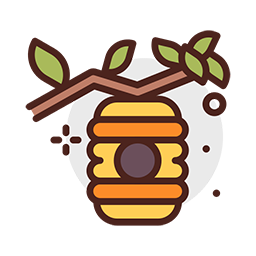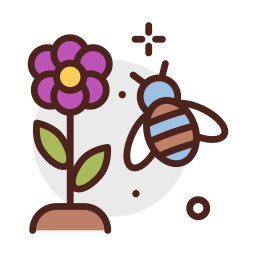Our Philosophy
Darwinian Beekeeping with a dash of Permaculture
The pressures on pollinators from environmental degradation, unsustainable agricultural practices, pests and diseases all require innovative approaches from the modern beekeeper.
At Odd Acres Apiary, we have built our practice with guidance taken from the principles of Permaculture, as described by Bill Mollison and Dave Holmgren, and Darwinian Beekeeping, as defined by Thomas Seeley.
We work hard to balance productivity on the one hand and the welfare of our bees on the other.
Each year, we have a new challenge to keep our bees healthy. We encourage the husbandry of bees to be as close to their evolutionary circumstances as possible.
This means honeybees may likely produce less honey than if they were farmed using more industrial techniques.
Lost production, however, will be offset by avoided costs from increased labour and expenses spent in recovering from colony losses and ongoing chemical treatments.
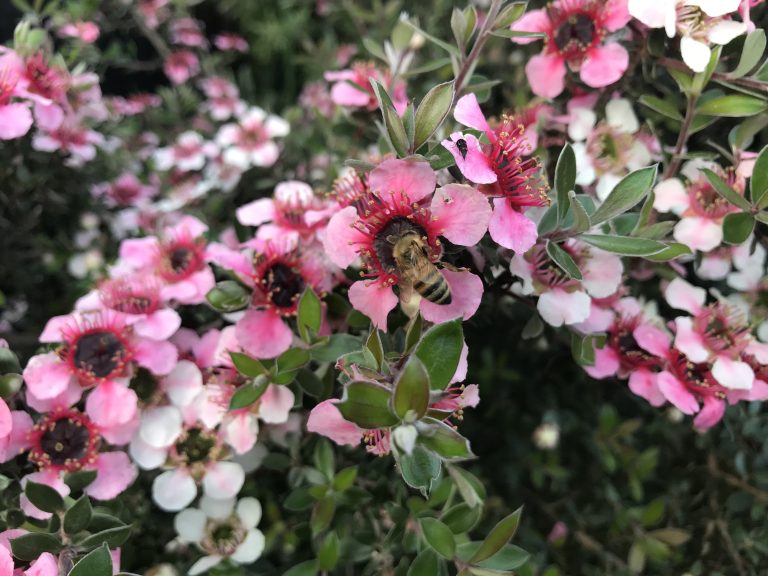
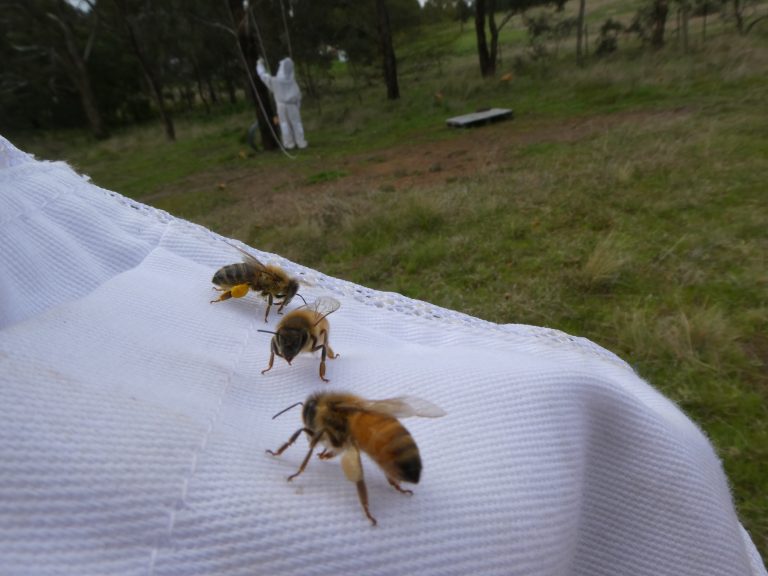
Apiary icons provided by Darius Dan @ flaticon.com
